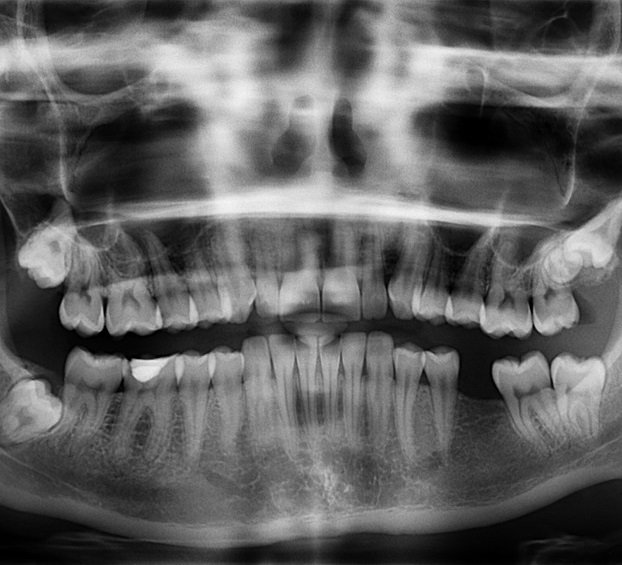November 8, 2018

If you have lost a tooth, the worst option is to do nothing. Your teeth do more than give your mouth an attractive appearance — they’re also important to your overall oral health. Replacing a lost tooth restores maximum function, preserves the contours of your facial structure, ensures that all surrounding teeth remain aligned and can strengthen your jawbone. The good news is that advances in dentistry have given us ample tooth replacement options that are both aesthetically pleasing and functional.
Although many approaches can be taken to replace a lost tooth, the best choice according to many dental professionals is the dental implant. Here, we will look at the numerous options for replacing a lost tooth.
Also called a flipper, temporary dentures provide a short-term solution for the loss of one or more teeth. This option can be taken in and out easily and is usually used as a filler while you and your dentist decide on a more permanent teeth replacement solution. Although they are less bulky and less expensive, they should not be used permanently.
Partial or full dentures are removable prosthetic devices that are constructed to replace missing teeth. Full dentures rest directly on the patient’s gums, while partial dentures may require metal clasps that can be secured to natural teeth, so it stays put in the mouth. Denture wearers often struggle with a lot of insecurities because of this option. Slippage is a common issue, as well as difficulties in eating, speaking or even smiling. They also can be uncomfortable to wear.
Although this is one of the most economical solutions to tooth loss, many of those who choose dentures are unhappy with them. After all, dentures don’t look or behave like real teeth.
If you’ve lost one or two adjacent teeth, then a dental bridge is an option covered by many dental insurances. It offers patients a fixed solution which will stay in place and provide natural-looking results. The gap where your missing teeth are is “bridged” with a dental device anchored to two natural teeth on either side. These anchor teeth must be cut down so that an abutment can be placed over them. In this way, the replacement teeth are secured via a bridge to the anchor teeth. In some cases, an implant acts as the anchor instead of using natural teeth.
The biggest disadvantage of a dental bridge is that it damages the natural teeth. They also must be cared for using special brushing and flossing tools. The price is manageable, but this can grow over time because a bridge needs to be replaced about every five years.
A dental implant is considered by most to the best possible replacement option for missing teeth. They are strong, and once in place, they behave exactly like normal teeth, allowing you to eat what you want and clean them as you would your natural teeth. A post is implanted in your jawbone which serves as the anchor for your replacement tooth. Although traditionally the implant procedure could take anywhere from three to six months, in some cases, the full implant procedure can be accomplished in one appointment. This is the most costly solution, but implants are designed to last a lifetime. This means you shouldn’t have to constantly pay to replace it.
At Hiossen, we create dental implants that can last a lifetime with proper care. Not only do our inserts provide a natural appearance, but they’re also durable, saving you money in the long-term.
If you would like to learn more about the innovative products available at Hiossen Implants, contact us today. You can also find a Hiossen representative near you with our zip-code tool.